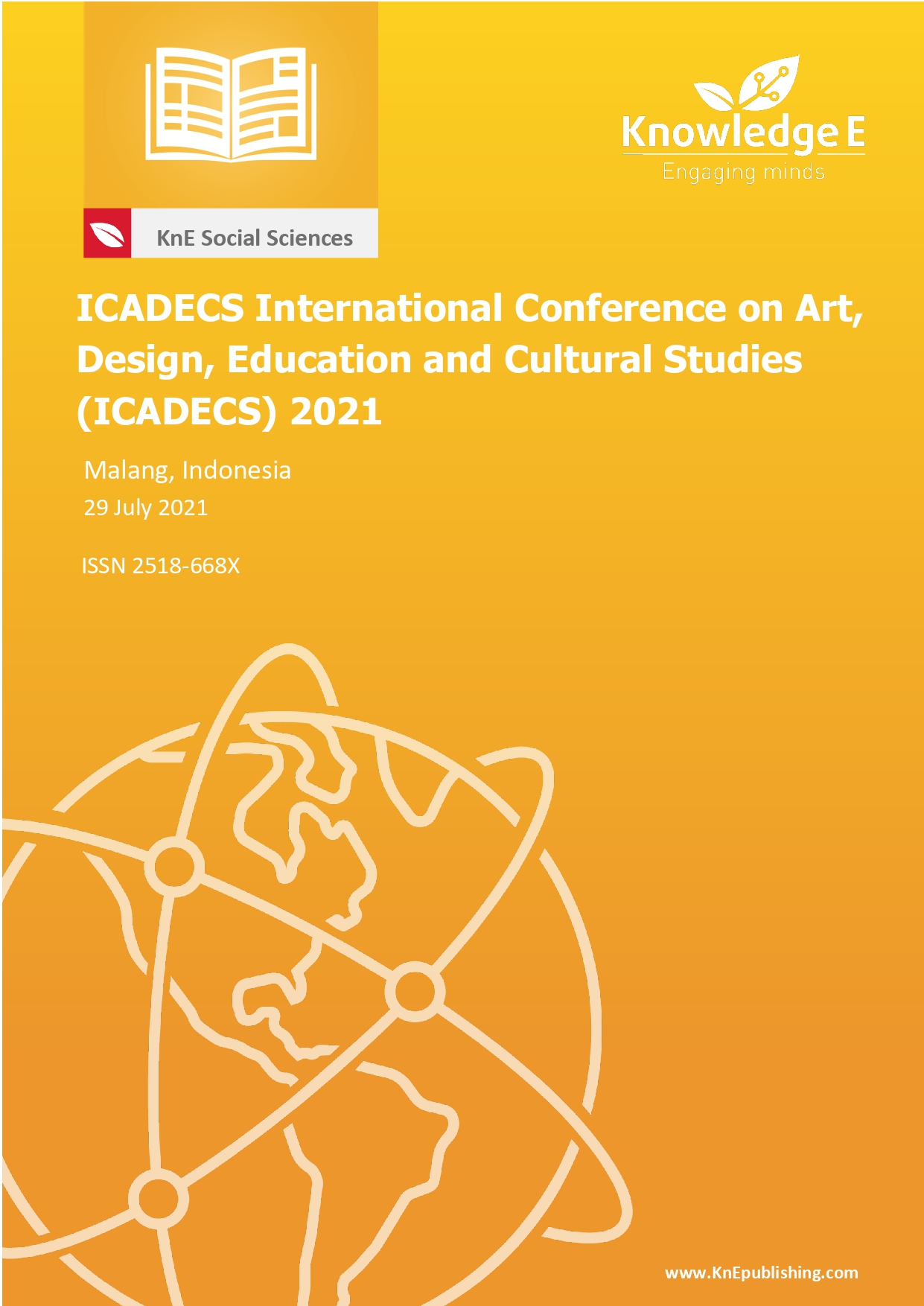The Amplification of Hegemonic Masculinity in Kucumbu Tubuh Indahku
DOI:
https://doi.org/10.18502/kss.v7i13.11650Abstract
The history of Lengger, one of the traditional dances from Banyumas, reveals how the dancer’s body becomes a site in which control over the body is exercised. As revealed in the Kucumbu Tubuh Indahku film released in 2018, Lengger shows how the body is culturally defined as the manifestation of femininity and masculinity, and how it is dominated by hegemonic masculinities. This article aimed to investigate the hegemonic masculinities practiced by various regimes in Indonesia. The narrative method was used by applying Connell’s theory of hegemonic masculinity. The data were gathered through a close reading technique in watching the film. Further, the data were analysed using elements of narrative which involved aspects of camera technique and camera angle. The interconnectivity of the adopted scene and the wider socio-political context remained essential in understanding the context of this film. The article argues that the practice of hegemonic masculinity has been amplified in the Reformation era. As part of this expansion, the practices not only involve the domination of male over female but also male over another male. As depicted in this film, the exercise of hegemonic masculinity embraces the gay man. In relation to Warok, the gay body is dominated as well as subjugated not only by other male bodies but also by the socio-cultural body. Indeed, culture and societies deliberately have become the agents to reinforce hegemonic masculinities in the Reformation era.
Keywords: Lengger, hegemonic masculinity, Kucumbu Tubuh Indahku
References
[2] Fulton H, Huisman REA, Murphet J, Dunn AKM. Narrative and media. Cambridge: Cambridge University Press; 2005.
[3] Kunz R, Myrttinen H, Udasmoro W. Preachers, pirates and peace-building: Examining non-violent hegemonic masculinities in Aceh. Asian Journal of Women’s Studies. 2018;24(3):299–320. https://doi.org/10.1080/12259276.2018.1495348
[4] Curiel B B. Fighting back: Boxing, violence, and masculinity in Victor Martinez’s parrot in the oven. Humboldt Journal of Social Relations. 2015; Issue 37 :20–28.
[5] Buchbinder D. Studying men and masculinities studying men and masculinities. New York: Routledge; 2013.
[6] Dutton KR. The perfectible body: The Western ideal of male physical development. New York: Continuum; 1995.
[7] Schippers M. Recovering the feminine other: Masculinity, femininity, and gender hegemony. Theory and Society. 2007;36(1):85–102.
[8] Kartomi MJ. Performance, music and meaning of Réyog Ponorogo. Indonesia. 1976; 22:85–130. https://doi.org/10.2307/3350979

